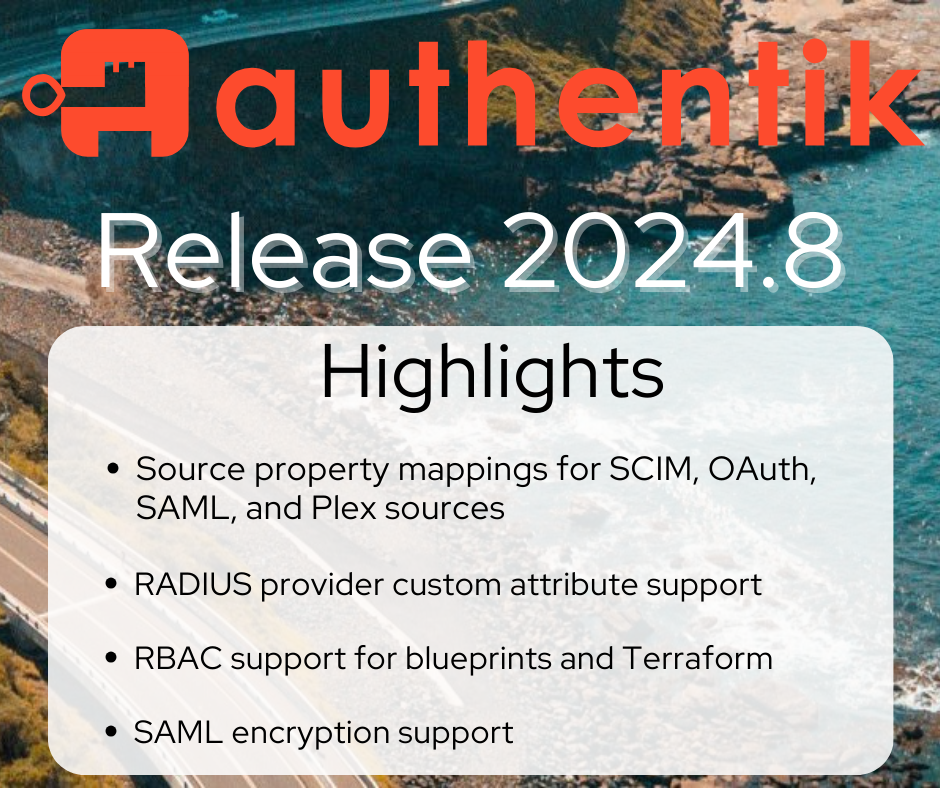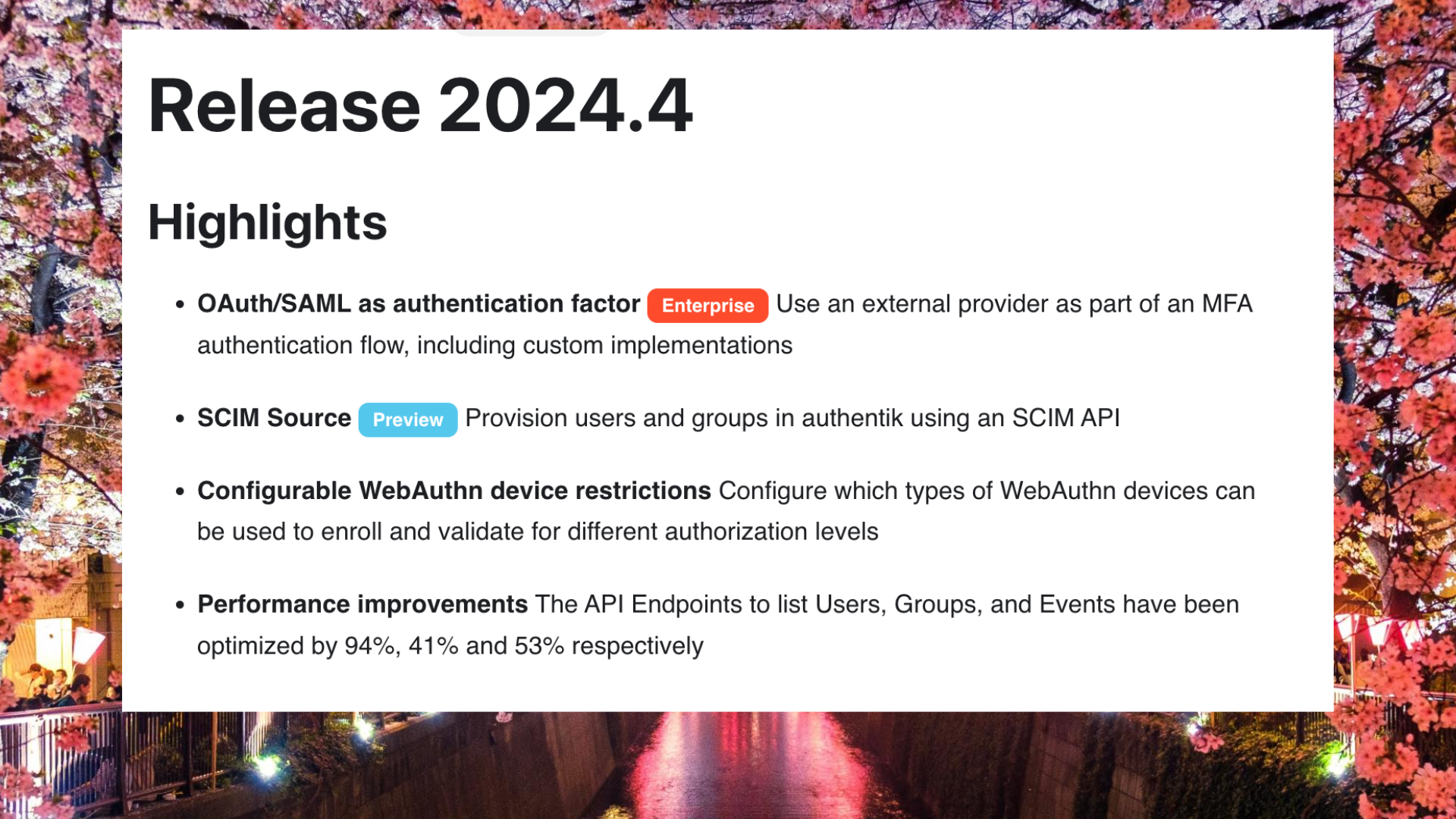Proudly not AI-powered
authentik is an open source Identity Provider that unifies your identity needs into a single platform, replacing Okta and Auth0, Ping, and Entra ID. Authentik Security is a public benefit company building on top of the open source project.
We recently updated our list of upcoming Enterprise features to more accurately reflect the requests we’ve been hearing from our customers and community. One of the changes you may notice: we are no longer spending precious cycles on brainstorming ways to inject AI into our product and user experience.
We had briefly considered ways that “AI” and specifically LLMs might enhance our platform, including an AI-based risk assessment option, as you see below on the left in our previous Enterprise features list. On reflection, we realized we could probably get most of the way to the same outcome with some custom expression templates and a few if statements, begging the question of whether it was worth the effort to pursue at all. So on our current website, you'll no longer see that mention of AI.
We did not want to push a feature just for the sake of being able to say we are AI-powered.







